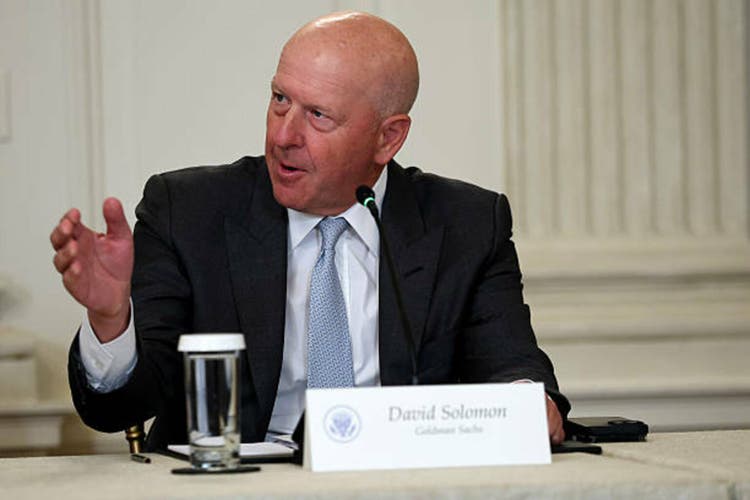Smart watches and other gizmos that track your health and fitness were all the rage. Now, their popularity has cooled off and sales are flat or even declining—except for one category, which has doubled. That’s according to Tom Hale, who leads the smart ring firm Oura, whose flagship $349 Ring 4 device is enjoying a surge of consumer demand, especially from women.
“Last year wrist-borne wearables actually shrank, there was a shift to smaller cheaper wrist-borne wearables primarily driven in India and in Asia while Ring wearables, we basically doubled in size,” Hale said on Monday, speaking at Fortune’s Brainstorm Tech conference in Park City, Utah. “So we’re growing at north of 100%.”
The Oura ring is a chunky band that comes in a series of colors, including silver and black. Like other devices, it contains a series of sensors that help the user monitor sleep, stress levels and other health indicators. The accompanying Oura app can also provide women with data about their menstrual cycles and perimenopause symptoms.
The device also includes Oura Advisor, an AI agent that serves as a personal health coach and correspondent. Hale says female customers, in particular, are drawn to the feature, and that interviews with customers show the advisor has taken on a role akin to a trusted confidante.
“Well, we use the Advisor because it’s an infinitely empathic and infinitely patient partner who understands intimately my physiology and is always there for me,” Hale said, summarizing customer descriptions of the Advisor. He noted that, in response to user requests, Oura now lets customers give their Advisor a name.
Hale added that Oura customers are a diverse group who use the device for a wide variety of goals. Those include marathon runners looking to optimize their performance, chronically ill patients seeking to manage their activity levels, as well as new mothers.
The Oura CEO said the overall popularity of ring wearables stems in part from a desire from some consumers wanting a more discreet type of device that doesn’t signify an athletic lifestyle.
“You’re not wearing an iPhone on your wrist. You’re not wearing a big muscle-y watch that says ‘I hunt! or I hike! or I bike! It’s a statement that’s a little bit more subtle,” Hale said.
He also noted that the wearable ring category includes both devices worn at all times, as well as for more specific situations, and that the sector won’t be winner-take-all. “There won’t be one ring to rule them all,” he said.
More from Brainstorm Tech
Lyft CEO says company will save $200M in insurance costs from California worker unionization deal
This story was originally featured on Fortune.com

 2 hours ago
1
2 hours ago
1









 English (US) ·
English (US) ·